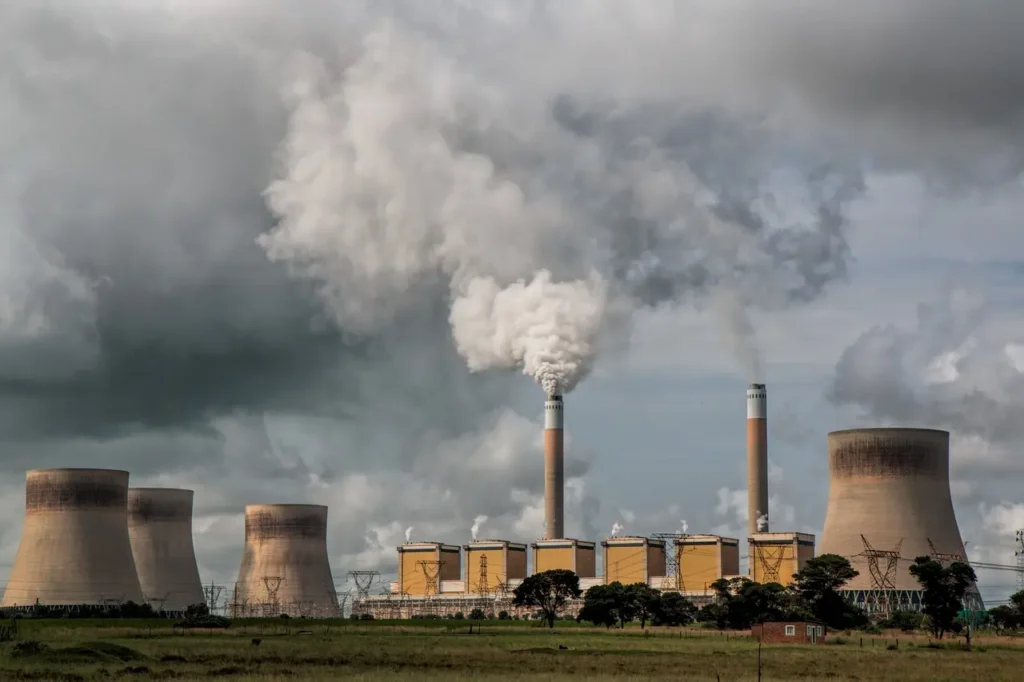
Environmental Impact of Crude Oil
6 minute read • Last update September 2024
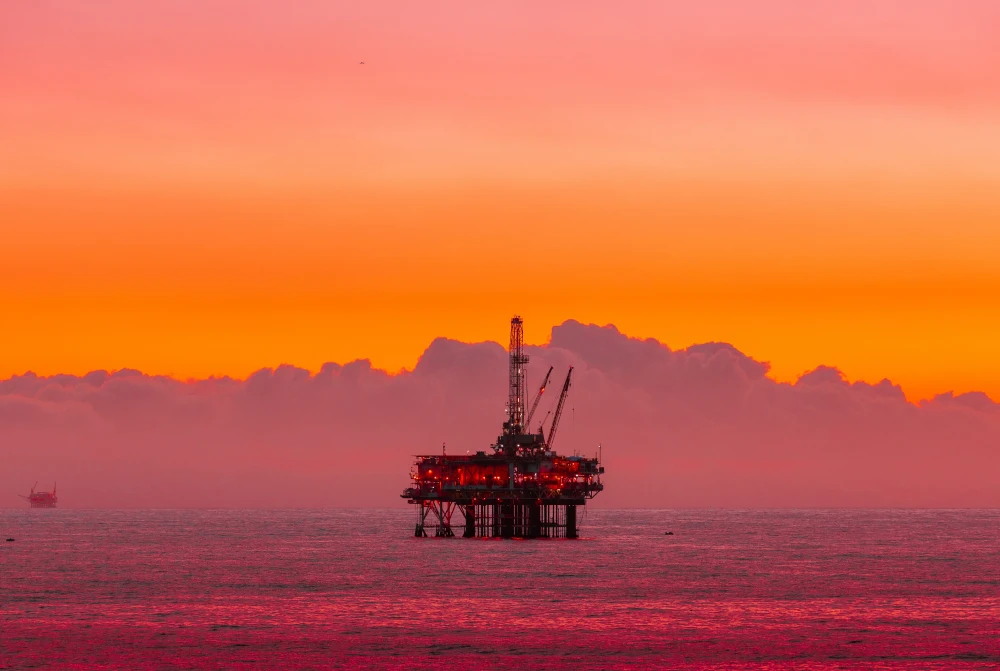
In this article
10 ways oil harms the environment
The production and consumption of crude oil (or petroleum) has a devastating impact on the environment locally and globally. The impact is so far reaching because crude oil is integral into humanity’s current way of life. In 2022, the United States alone consumed over 7 billion barrels of petroleum. Everything around us – the ocean, the air we breathe, the water we drink, and more – has been significantly harmed by the oil industry. Here’s how:
1. Local pollution and disease
The burning of oil, whether from power generation, automobiles, boats, trains, or industrial activity, is a major producer of airborne pollution. This pollution is responsible for an increase in disease and mortality around the world. Exposure to an increase amount of airborne particulates resulting from the burning of crude oil, petroleum, and oil-derived products directly correlates to an increased risk in diseases of the heart and lungs especially.
Scientists estimate that pollution from oil is responsible for over 10 million premature deaths per year. These deaths mostly occur in places that rely more heavily on oil for activities that fuel our daily lives (electricity, transportation, etc) such as China, India, parts of the eastern United States, Europe, and Southeast Asia.
In the United States, it’s estimated that around 13% of deaths of adults aged 14 or older are attributable to fossil fuel pollution.
2. Carbon dioxide emissions and climate change
The extraction, transportation, refinement, and burning of crude oil (and other fossil fuels) have a direct impact on global climate change thanks to increased release of greenhouse gases such as carbon dioxide and methane. Greenhouse gases help trap more and more heat within the Earth’s atmosphere, and warmer temperatures around the globe lead to:
- Stronger and more dangerous hurricanes and typhoons
- An increase in the frequency and severity of droughts and heat waves
- More flooding and destructive mudslides
- Larger and longer-lasting wildfires
According to a 2023 United Nations report, natural disasters resulting from climate change such as these have claimed the lives of over 2 million people and caused more $4.3 trillion worth of damage in the last 50 years.
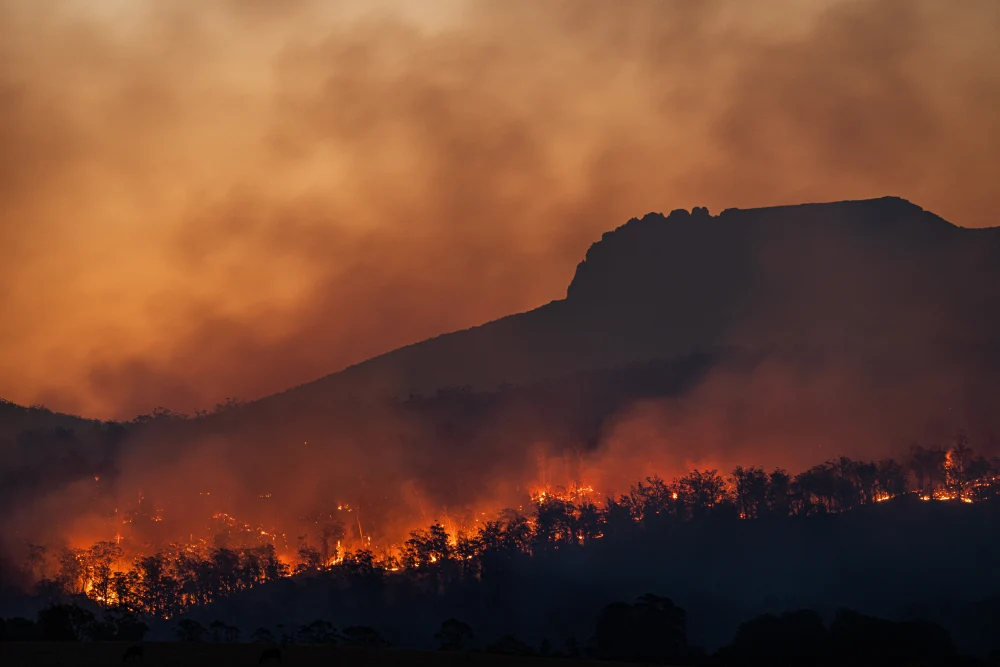
3. Oil spills
Oil spills cause major problems for our oceans, the creatures who live there, and the humans that leave near them. There are thousands of oil spills each year, but most are small incidences (which can still have a negative impact). Oil spills that result from larger accidents such as drilling operation errors, sinking tanker ships, and broken pipelines are disastrous.
Animals can be killed en masse by oil spills. If a bird’s feathers are coated in oil, it may not be able to fly. Oil is also incredibly toxic, so its presence in the ocean can lead to disease and other health problems for the animals in the proximity of the spill. Oil also inhibits a seal fur from insulating their bodies from the cold water so much that they can do from hypothermia.
Marine mammals unfortunate enough to get stuck in an oil spill are worse off than fish because they must breathe air to survive. If they accidentally breath oil into their blowholes (which will poison them) or inhale too many fumes. The fumes can cause them to pass out and they can drown while unconscious.
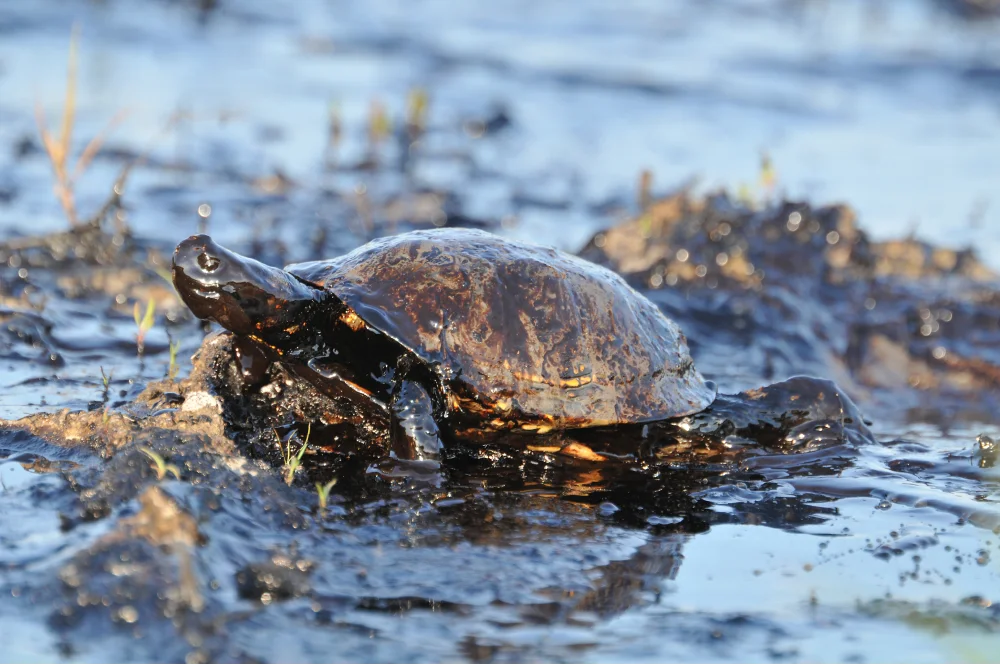
4. Water contamination
According to the Environmental Protection Agency, just one gallon of oil poured down a storm drain can contaminate one million gallons of water.
Oil spills are difficult and costly to clean up, and can seep into ground water. Ground water systems are often connected to our fresh water supply for drinking around the globe. The effects of drinking oil-contaminated water include:
- Upset stomach
- Nausea
- Diarrhea
- Cramping
- Vomiting
- Irritation of the mouth and throat
5. Destruction of ecosystems
Land animals also suffer from the impacts of the oil industry. Whether a company is searching for new drilling sites or maintaining and operating an existing operation, oil product harms nearby ecosystems in several ways.
- Construction of roads and vehicular travel require the removal of plants and destroy the fertility of the soil
- Chemicals leak into and contaminate ground water and local water sources
- Air quality degradation from pollutants
- Removal of wildlife habitats kills and displaces animals
6. Disruption of wildlife behavior
Not only are the habitats of animals harmed by the oil industry, but their behavior feels the effects as well. Oil production, refinement, and transportation directly cause lots of loud noises, bright lights, and human traffic that can seriously disrupt animals’ ability to communicate with one another, breeding, migration patterns, and where they sleep or nest.
7. Negative impact on tourism and local economies
The oil industry can also have detrimental effects to tourism and local economies that depend on tourism. When oil spills wash up on the shore, beach towns lose all their attraction for vacationers and visitors. Restaurants, bars, and shops that depend on those customers can go out of business if the oil spill clean up takes too long.
8. Microplastics
Plastic products are made from refined crude oil and plastic production has been on the rise for decades. Most plastic is improperly disposed of (only 9% of plastic has been recycled since the 1950s), and that results in the breakdown of plastic into smaller and smaller pieces. The smallest pieces of plastic are called microplastics – smaller than 5mm in size. Scientists have observed and recorded the presence of microplastics in nearly every location across the planet: in water, soil, and even in the air that we breathe.
Microplastics are now also found in our bodies. While science studying the impact on human health is still underway, results are indicating that exposure to microplastics can lead to oxidative stress, metabolic disorder, immune response issues, and reproductive and developmental toxicity.
The impact of microplastics on wildlife is well documented. Fish in particular end up with microplastics infiltrating their digestive system, gills, and other organs.
As plastic production and consumption increase, we can only expect the prevalence of microplastics to increase as well.

9. Acid rain
The combustion of petroleum in oil refineries, vehicles, and for electricity generation increases the incidence of acid rain around the globe. The oil combustion process releases sulfur dioxide and nitrogen oxides into the atmosphere. When these chemicals react with the oxygen and water already in the air, they form sulfuric acid and nitric acid. The acid falls back to the earth in various forms of precipitation (rain, snow, sleet, hail) and has several negative impacts on the world.
- Killing trees and plants
- Increasing acidification of bodies of water
- Contaminating drinking water
- Reducing marine life population
10. Ocean acidification
Since the Industrial Revolution, the burning of fossil fuels like crude oil have increased the acidification of the oceans. The more acidic the ocean becomes, the more difficult it is for organisms such as clams, oysters, and corals to survive. As the acidification impacts populations of these sea creatures, there is rippling effect across the globe.
Fish that rely on coral for habitat lose their homes and populations reduce. Prey that feed upon these fish lose more and more of their food sources. Humans that rely on fish populations to feed their families have less food for the picking.
Acidification also increases the impact of climate change, as it reduces the ability of the ocean to absorb more carbon. That means more greenhouse gases in the atmosphere, and increased warming of the globe that drives severe weather and natural disasters.
Other disadvantages of oil
Non-renewable resource
Oil is a non-renewable resource, meaning it is finite and will eventually deplete over time. As oil reserves diminish, extracting them becomes more challenging and costly. This dependence on a finite resource raises concerns about energy security and the need for transitioning to sustainable and renewable alternatives.
Geopolitical issues and dependency
The global oil market is influenced by geopolitical factors, leading to potential conflicts and instability. Countries heavily dependent on oil imports may face economic vulnerabilities and geopolitical risks. Fluctuations in oil prices can impact energy costs, inflation rates, and global economies. Oil has also been a major factor in many wars, including the Iran-Iraq War, the Gulf War, and the Syrian Civil War. These wars have caused death and destruction and have destabilized the region.
The advantages of oil Energy
We’ve already mentioned that oil energy isn’t a very clean or sustainable source of energy, but it has some advantages that we have to consider:
High energy density
One of the primary advantages of oil energy is its high energy density. This means that a relatively small amount of oil can generate a significant amount of energy, making it an efficient source of fuel for various applications.
Easy transportation and storage
Oil is a liquid form of energy, which makes it relatively easy to transport through pipelines, tanker ships, railroads, or trucks. It can be stored in tanks and terminals, allowing for convenient distribution and supply management.
Wide applications and usage
Oil energy has diverse applications and uses across multiple sectors. It is used as a fuel for transportation, providing energy for cars, trucks, airplanes, and ships. It is also utilized for heating purposes in residential, commercial, and industrial settings. Additionally, oil is an essential feedstock for the production of various petrochemicals and plastics.
Written by Graham Lumley
Graham Lumley, Digital Marketing Manager at BKV Energy, leads digital and traditional marketing strategies, focusing on educating Texans about the state's deregulated energy market. With over 8 years of marketing experience, he creates content to help consumers understand and save on their energy bills, bringing a fresh and dynamic approach to the industry.
Related articles
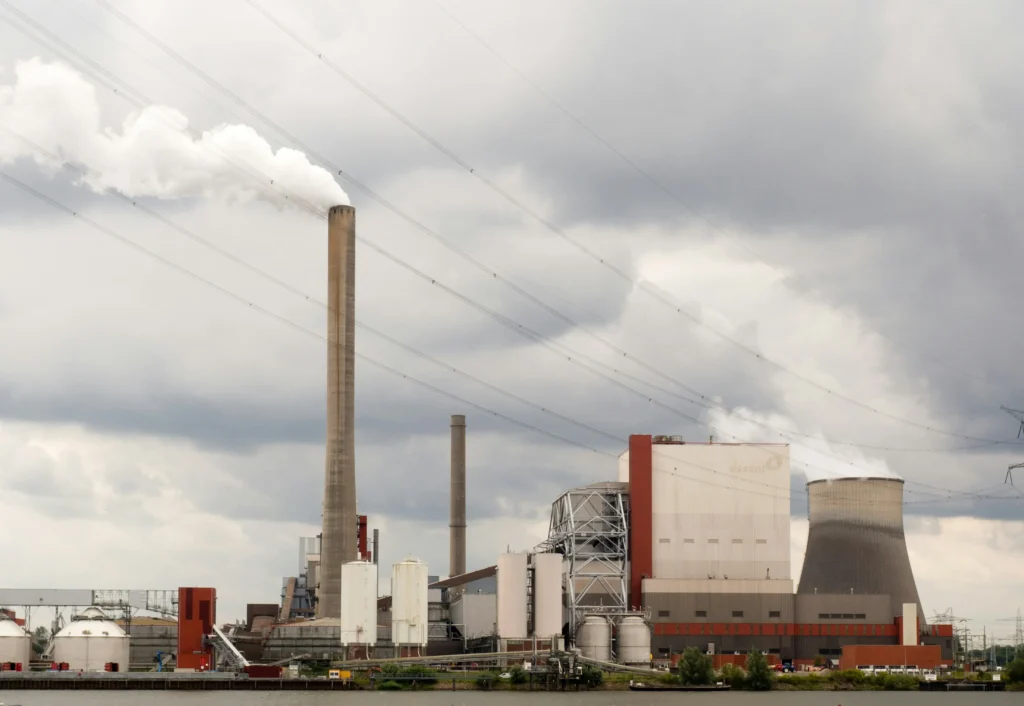
Is Coal Renewable?
3 minute readCoal is a natural energy source that has played a crucial role in powering human development for centuries. It forms
Get $50 off your electric bill!
Use code BKVEJOINUS50
Enter your zip code to shop BKV Energy's affordable, fixed-rate Texas electricity plans. Use the promo code for $50 off your electric bill.
